On June 4, Brooklyn Borough President Antonio Reynoso hosted a one-on-one informational session with the New York City Economic Development Corporation at Borough Hall, addressing community concerns about the Brooklyn Marine Terminal — a 122-acre project along the borough’s waterfront, stretching from Pier 7 at Atlantic Avenue to Pier 12 in Red Hook.
NYCEDC representatives Jennifer Sun, executive vice president of planning; Mikelle Adgate, senior vice president of government and community relations; David Lowin, senior vice president of development and asset management; and Matthew Furlong, senior vice president of real estate transactions, fielded eight questions about the project. Topics included the task force vote, governance structure and project cost. The questions were submitted by members of the BMT Task Force and its six advisory groups.
In May 2024, the New York City Economic Development Corporation took control of the long-neglected Brooklyn Marine Terminal from the Port Authority and introduced its BMT Vision plan. In addition to modernizing the container port and connecting it to a Blue Highways freight system, the plan includes 7,700 new housing units — 35% of which would be designated affordable — as well as public spaces, resiliency upgrades and transportation improvements for what the NYCEDC has dubbed the “Harbor of the Future.”
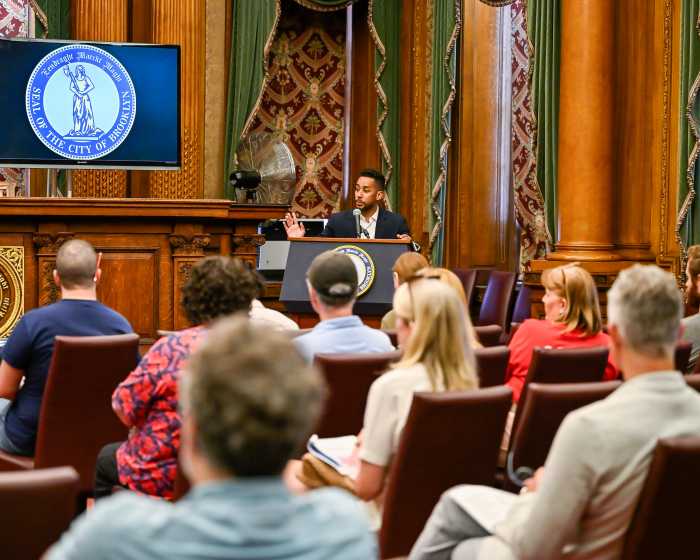
While Borough President Antonio Reynoso, who sits on the 28-member task force, has supported efforts to modernize BMT facilities, he has raised concerns about the planning process, citing a lack of transparency and public engagement. Reynoso — along with local elected officials including Council Member Alexa Avilés and Assembly Member Marcela Mitaynes, both Brooklyn Democrats — and members of the community have pushed back against the proposed market-rate housing, arguing that residential development would undermine the terminal’s industrial and maritime purpose. They say a modernized BMT could bring much-needed jobs to area residents.
However, the borough president said he appreciated the NYCEDC providing a clearer picture of its final BMT proposal, which the task force is set to vote on June 18.
“The opportunity to bring Brooklyn’s last working waterfront into the 21st century is significant and deserves the highest level of care and due diligence,” the Beep said. “Community members, local leaders, and my fellow elected officials have closely engaged with NYCEDC’s redevelopment process from the get-go, but still many of us have questions and concerns that deserve to be thoroughly and transparently addressed.”
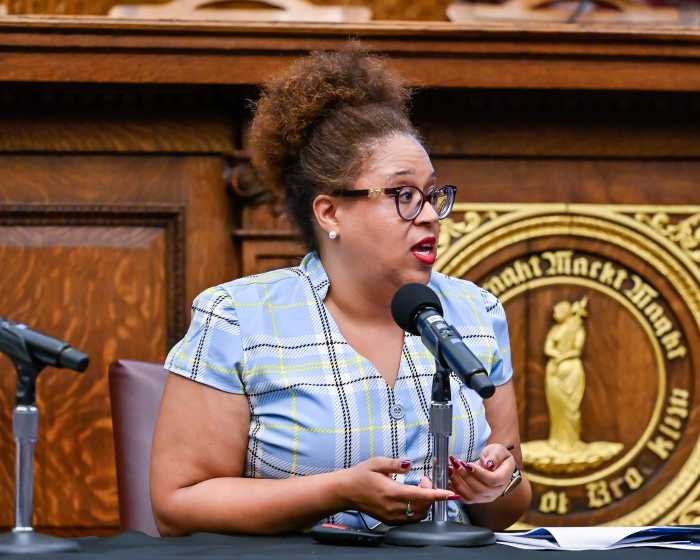
One of the questions focused on the upcoming task force vote and what would happen if the group failed to reach a consensus — specifically, whether the NYCEDC would proceed with an environmental review and other steps despite a “no” vote, and whether the plan could move forward if there was consensus on only part of the proposal.
Adgate explained that the project would not proceed, nor undergo an environmental review, if the task force voted against it. She also clarified that the task force cannot vote on individual components of the plan; it’s an all-or-nothing vote. If the full proposal is rejected, it will not move forward.
“It is not a vote of different components. It is a yes or no on the full set of guiding principles, the site plan, and the commitment. [The task force] is voting on the entirety of [the project], and the yes vote again would move the process to the next stage of environmental review, and the no vote would not,” she told the crowd.
Another question addressed the governance structure of the BMT after the project’s potential approval. Reynoso asked how the task force and the community could be assured of ongoing engagement, transparency and accountability from the NYCEDC, as well as clarity on who would appoint members to the governing body.
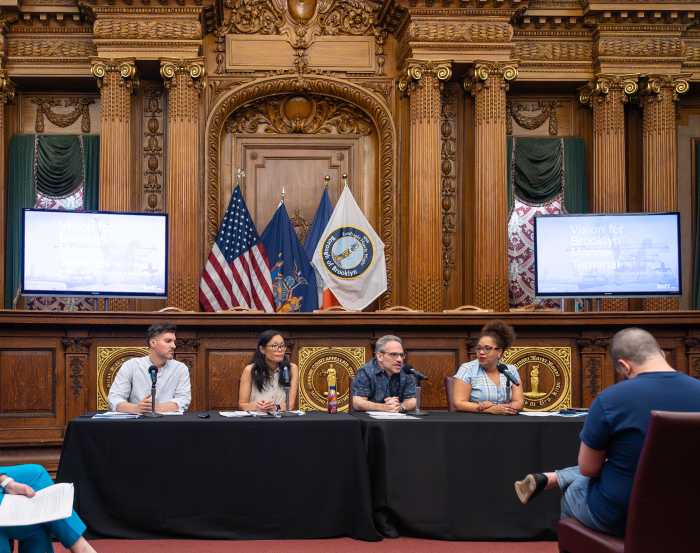
According to NYCEDC officials, the Brooklyn Marine Terminal Development Corporation (BMTDC) would assume financial responsibility for the operation and development of the site, including approving contracts and leases, to ensure the project is carried out as agreed. The BMTDC board would include 23 members: 11 city representatives, five state representatives, and one representative appointed by each local elected official.
The mayor would appoint ex-officio city officials from agencies, including the NYCEDC and the Department of Housing Preservation and Development, along with industry experts. The BMTDC would be required to report quarterly to the Brooklyn Marine Terminal Oversight Task Force on its progress.
“The commitments that are embedded in the site plan would be codified as part of the [General Project Plan] and are therefore embedded in the land use controls,” Lowin explained. “They would not be allowed to be deviated from without a very intense process of modifying the GPP, which would incorporate additional public feedback and opportunity for the public to weigh in.”
Reynoso expressed concern about the overwhelming majority of mayoral appointees.
“Every single elected official in this community could be against that project, and it would mean nothing because there are more appointments for the mayor than all of us combined by double,” he said. “It’s just important for people to know what we’re voting on.”
Reynoso also inquired about the overall cost of the project, noting that his biggest concern was what he described as an “exorbitant” budget for public access and public realm improvements. Throughout the process, the NYCEDC has maintained that housing and hotels are necessary to help finance maritime and port upgrades — which, in turn, require significant infrastructure investment.
“Should there not be any public realm, any park, or any addition of housing, for example, we would technically not need to pay for a billion dollars worth of public realm and housing services, which would make the project more affordable and make it more palatable for a lot of us,” Reynoso said.
The estimated total cost of the Brooklyn Marine Terminal project is $3.7 billion. Of that, $1.7 billion would be allocated to modernizing the port and its piers — including construction of a new 26-acre marginal pier and a $50 million capital reserve to support the pier structure over time. Another $1.7 billion would go toward public realm investments such as flood barriers, preservation of Pier 7, park maintenance and 35 acres of open space. An additional $200 million is set aside for improvements to NYCHA campuses, and $50 million would support off-site affordable housing preservation or development.
The future port operator would invest between $250 million and $300 million in use-specific site upgrades, including new equipment and construction of a cruise terminal building.
Another question raised during the session was why alternatives proposed by advisory groups and the task force — including omitting the UPS site, consolidating all proposed housing, removing housing from the Atlantic Basin, or considering a maritime manufacturing-only plan — were not included in further analysis. Reynoso has criticized NYCEDC’s plan to build thousands of market-rate apartments along the waterfront and has advocated for preserving the BMT for industrial use, which he argues would create well-paying jobs.
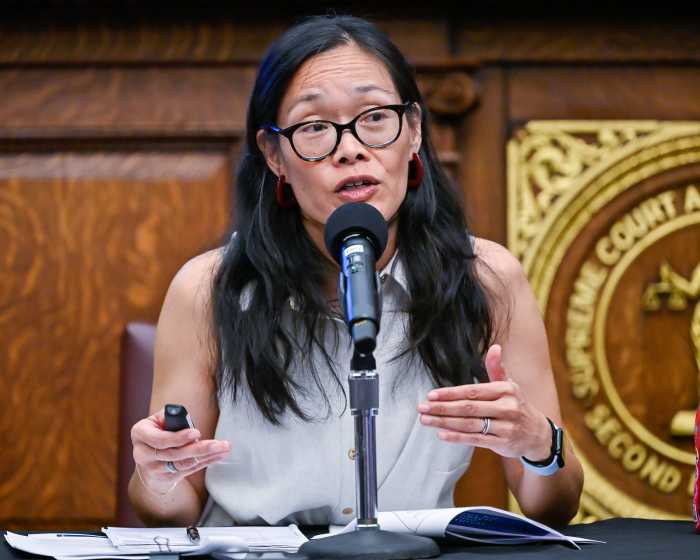
Sun responded that an all-industrial scenario would result in additional Department of Sanitation and private sanitation trucks parking at the BMT site — adding to the truck parking that already exists there.
“You would potentially see more municipal operations being moved to this site because we have a very long list from operating agencies like DEP and NYPD for locations for tow pound activities,” Sun said.
Reynoso pushed back strongly against that characterization.
“I’m going to keep interrupting and inserting myself,” he rebutted. “I feel like you guys are doing a little too much, and that giving those alternatives of more trucks, more things to scare us, just don’t.”
Sun argued that without housing in the project, the NYCEDC would need to relocate municipal operations to the Brooklyn Marine Terminal to free up potential housing sites elsewhere.
Reynoso pointed to other city-owned locations, such as under the BQE in Williamsburg or Floyd Bennett Field, as alternatives for municipal vehicle parking. He also suggested the mayor could negotiate with his “new friend” Donald Trump to build parking spaces on the federally owned Floyd Bennett Field.
“I just don’t like this idea that everything is fait accompli… that we’ve already made decisions, that if we don’t use this space the way you want to use it, that we’re going to get trucks,” Reynoso said.
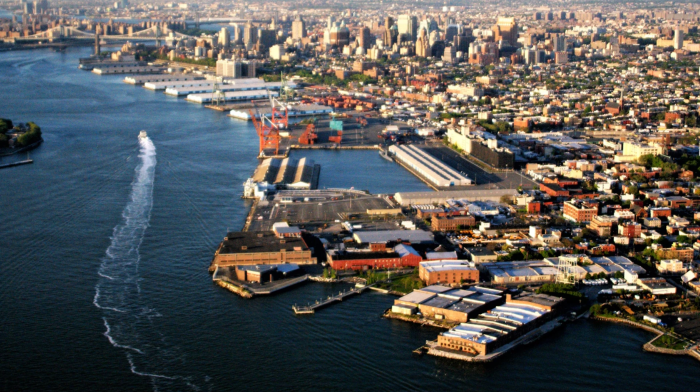
Despite Reynoso’s concerns, NYCEDC leadership remains optimistic about the project’s potential.
NYCEDC President and CEO Andrew Kimball called the BMT redevelopment a “once-in-a-generation opportunity to reimagine our working waterfront for the 21st century.”
“NYCEDC is committed to working with the Task Force on delivering a vision plan that ensures the working waterfront remains active, creates much-needed housing, and delivers open space and resilient infrastructure for the community,” Kimball said. “We are grateful for the community’s engagement and look forward to continued collaboration as we shape a future that honors Brooklyn’s industrial legacy while embracing innovation.”


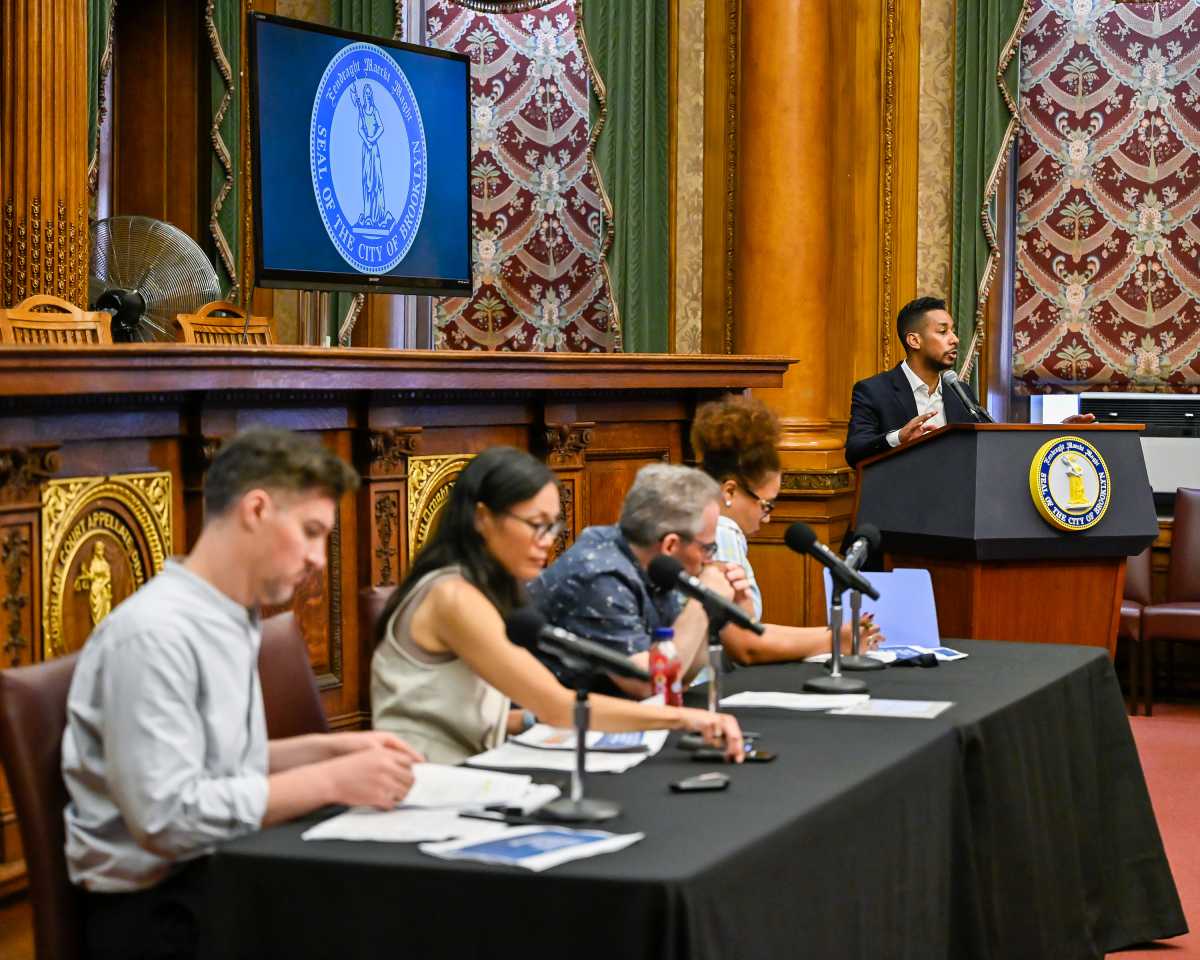
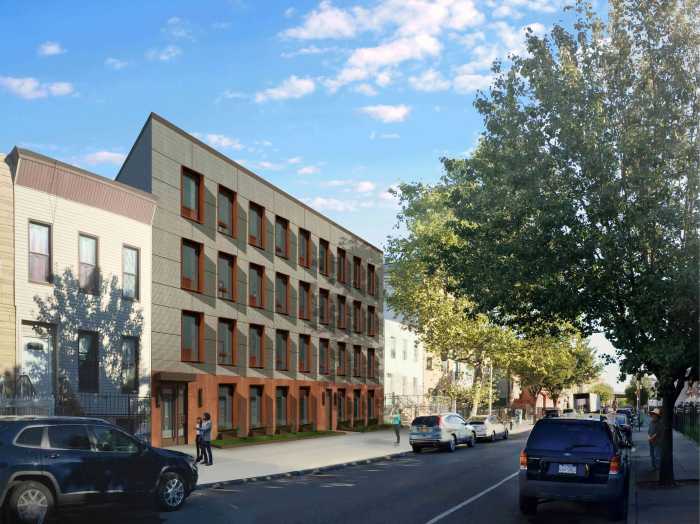


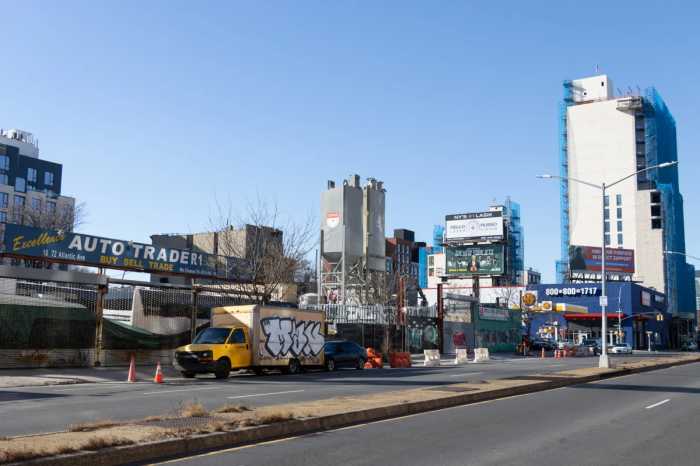



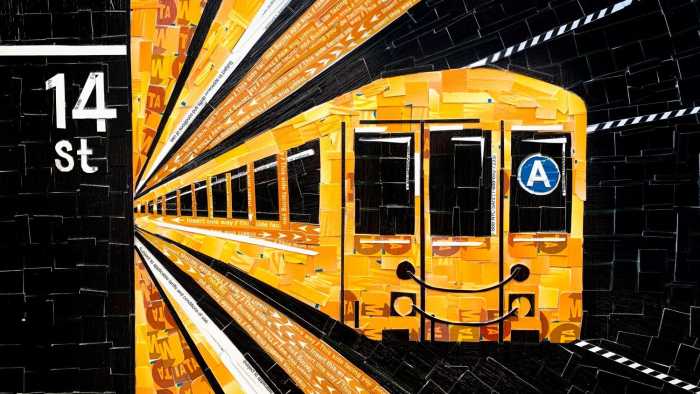






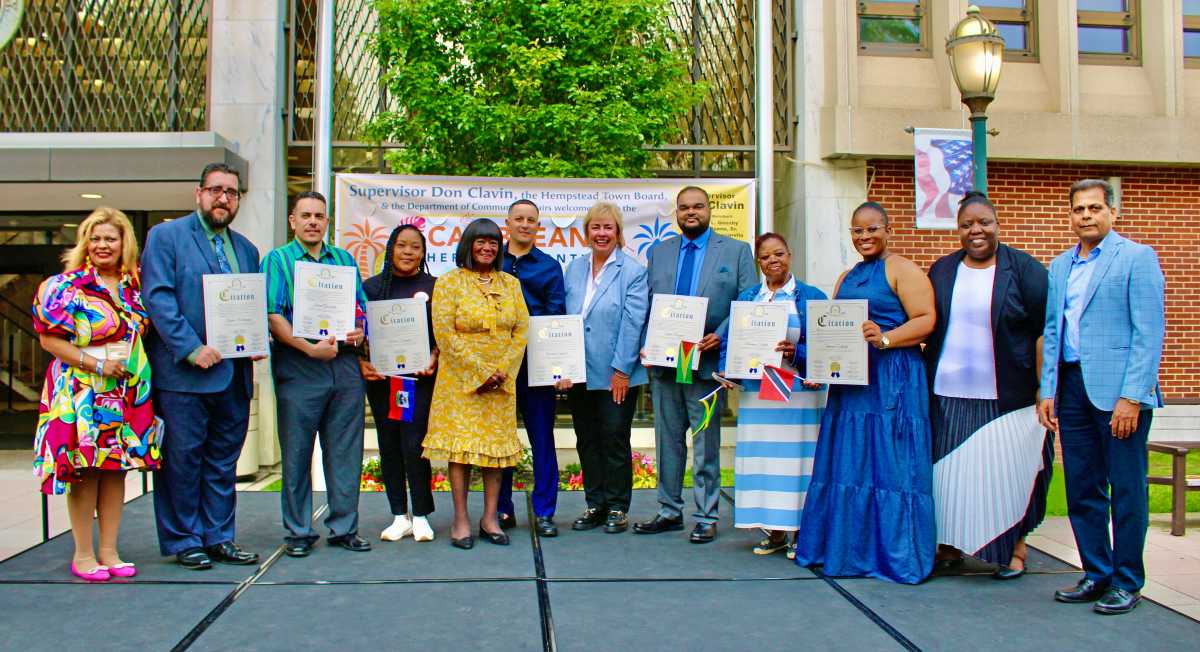




![STATEOFFIRSTS_[MELISSALANGER]_9](https://gaycitynews.com/wp-content/uploads/2025/06/STATEOFFIRSTS_MELISSALANGER_9.jpg?quality=51&w=700)


